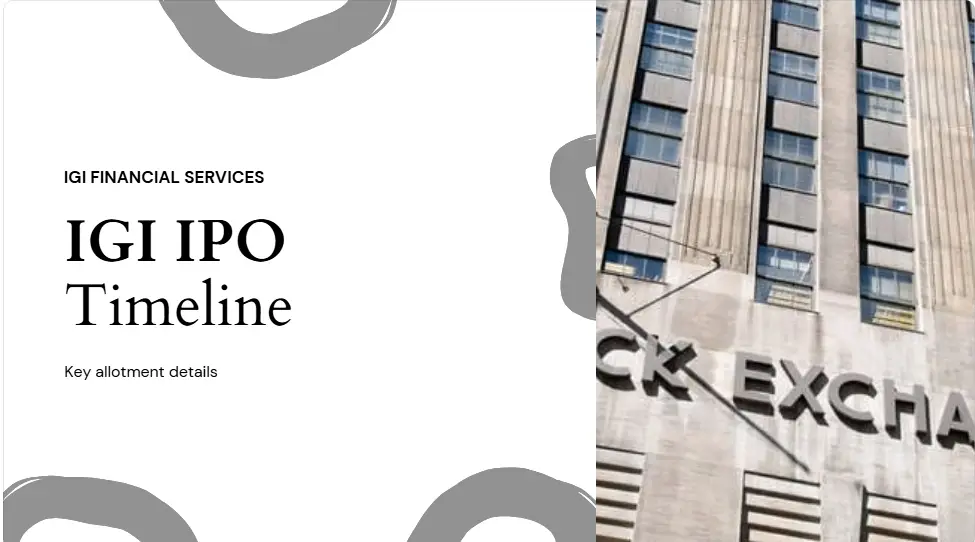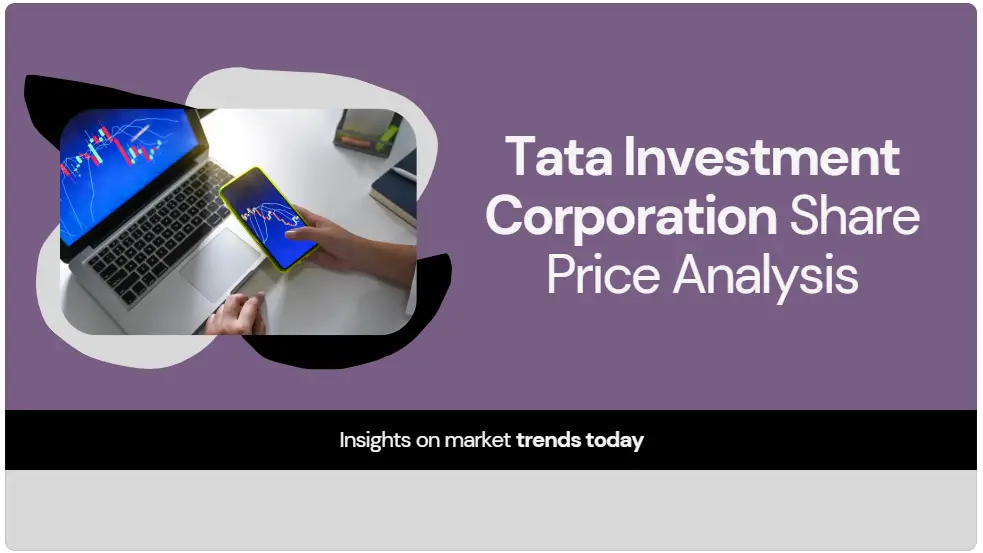🔍 What is ICICI Prudential Nifty Next 50 ETF?
The ICICI Prudential Nifty Next 50 ETF stands as a prominent Exchange Traded Fund (ETF) offered by ICICI Prudential Mutual Fund. Its primary objective is to meticulously track the Nifty Next 50 Index, aiming to replicate the index's composition and performance without any attempts to outperform it. This provides investors with a transparent and straightforward investment vehicle.
Essentially, this ETF grants investors exposure to the 50 Indian companies that rank just below the constituents of the prestigious Nifty 50 index in terms of market capitalization. These are not nascent or obscure entities; rather, the majority are well-established, large-cap companies demonstrating rapid development and possessing the potential to ascend into the Nifty 50 in the future. 🚀
Functioning much like a standard equity share, the units of this ETF can be bought and sold on major stock exchanges such as the National Stock Exchange (NSE) and Bombay Stock Exchange (BSE) 💹. This characteristic makes it an excellent tool for investors seeking to diversify their portfolios, gain exposure to dynamic growth stocks, and potentially accumulate wealth over the long term, all while benefiting from a low management fee structure 💰 inherent to passively managed funds.
ℹ️ The Engine Behind the ETF: The Nifty Next 50 Index
To fully grasp the ICICI Prudential Nifty Next 50 ETF, it's crucial to understand the benchmark index it mirrors. The Nifty Next 50 Index, managed by NSE Indices Limited, comprises 50 companies that rank from 51 to 100 based on full market capitalization on the National Stock Exchange (NSE).
Key Characteristics of Nifty Next 50:
- ➡️ A Stepping Stone to Blue-Chip Status: It often includes companies that are strong contenders for future inclusion in the Nifty 50 index.
- ⚖️ Risk-Return Profile: While inherently carrying more risk than the Nifty 50 due to the nature of its constituents (often in a high-growth phase), it has historically demonstrated the potential for greater returns over extended investment horizons. (⚠️ Higher Risk, 🌱 Higher Potential Return)
- 🌟 Prominent Constituents: The index features well-known companies across various sectors. Examples (which can change due to periodic rebalancing) include names like Tata Power, Dabur, ICICI Lombard, and Torrent Power.
- 📊 Diversification: The index spans multiple sectors, offering inherent diversification benefits.
⚙️ How Exchange Traded Funds (ETFs) Work
An Exchange Traded Fund (ETF) is a type of investment fund and exchange-traded product, i.e., they are traded on stock exchanges. ETFs are similar in many ways to mutual funds, except that ETFs are bought and sold throughout the day on stock exchanges like shares.
The Mechanics of ICICI Prudential Nifty Next 50 ETF Operations:
- ➡️ Portfolio Replication: The fund manager of the ICICI Prudential Nifty Next 50 ETF constructs a portfolio by purchasing the same stocks that constitute the Nifty Next 50 Index, and in the same proportions.
- ➡️ Exchange Trading: Units of the ETF are listed and traded on stock exchanges, allowing investors to buy or sell them at real-time market prices during trading hours, just like individual stocks.
- ➡️ Passive Management and Cost-Effectiveness: Since the ETF aims to mirror an index rather than actively pick stocks to beat the market, it follows a passive management strategy. This typically results in a very low expense ratio (💸), making it an affordable option for long-term investment strategies.
🤔 Investment Considerations
Is This ETF Right for You? Suitability for New Investors 🔰
Yes, certainly! The ICICI Prudential Nifty Next 50 ETF can be a very suitable option for new investors for several compelling reasons:
- ✅ Low Entry Barrier: You can start investing with a relatively small amount, often as little as the price of one unit (e.g., around ₹100, depending on market price).
- ✅ Instant Diversification: With a single investment, you gain exposure to a diversified basket of 50 quality large-cap stocks, reducing company-specific risk.
- ✅ Simplicity: It eliminates the need for extensive research and selection of individual stocks.
- ✅ Transparency: The portfolio holdings are publicly known as they track a published index, offering full transparency.
- ✅ Liquidity: ETFs are generally highly liquid, meaning they can be easily bought and sold on the stock exchange during market hours.
It serves as an excellent starting point for first-time investors aiming to build long-term wealth with a relatively manageable risk profile and without the burden of active portfolio management. 👍
🎯 Who Should Consider Investing?
This ETF is particularly suitable if you:
- ⏳ Have a long-term investment horizon, typically 5–10 years or more, to ride out market fluctuations.
- 📈 Are seeking potentially higher returns than those offered by a Nifty 50 ETF, while understanding the associated higher volatility.
- 🇮🇳 Are keen to invest in India's prominent large-cap growth stocks that are next in line to become blue-chip leaders.
- 😌 Prefer a passive investment strategy with low costs.
- 🏡 Are accumulating funds for long-term goals like retirement or other significant future expenses.
Nifty Next 50 ETF vs. Nifty 50 ETF: A Comparative Look 🆚
The choice between a Nifty Next 50 ETF and a Nifty 50 ETF largely depends on your individual investment horizon, risk appetite, and financial goals.
| Metric | Nifty 50 ETF | Nifty Next 50 ETF |
|---|---|---|
| Stability | ✅ High | ⚠️ Moderate |
| Growth Potential | ⚠️ Moderate | ✅ High |
| Volatility | Low | Higher 📉📈 |
| Returns (10-year avg) | ~12% | ~14–16% |
If you are a younger investor or someone with a higher risk tolerance looking for enhanced long-term growth, the Nifty Next 50 can potentially outperform the Nifty 50 over the long run. However, this often comes at the cost of increased short-term volatility.
ETF vs. Traditional Index Mutual Funds 🔄
While both ETFs and Index Mutual Funds aim to track an index, they differ in their operational aspects:
| Feature | ICICI Nifty Next 50 ETF | Index Mutual Fund (Tracking Nifty Next 50) |
|---|---|---|
| Trading 🕒 | Real-time pricing and trading on stock exchange during market hours. | Transactions occur at the Net Asset Value (NAV) declared at the end of the trading day. |
| Expense Ratio 💰 | Generally lower (e.g., 0.2–0.3% for many Nifty Next 50 ETFs). | Can be slightly higher, though competitive direct plans exist. |
| Liquidity 💧 | High, traded like stocks. Spread (difference between buy/sell price) can be a factor. | Moderate to High, directly redeemed with the fund house. |
| Demat Account 📄 | Required. | Not necessarily required if investing directly with the AMC. |
| SIP Option 🗓️ | Manual SIP setup through a broker's platform (e.g., Zerodha, Groww). Some brokers offer automated ETF SIPs. | Direct and automatic SIP facility readily available through AMCs and platforms. |
Opt for an ETF like the ICICI Nifty Next 50 ETF if you prefer real-time trading capabilities and potentially lower expense ratios, and are comfortable managing investments through a Demat account. Index mutual funds might be more convenient if you prefer automated SIPs without the need for a Demat account for every investment.
Utilizing Systematic Investment Plans (SIPs) with ETFs 🗓️➡️💰
Yes, a Systematic Investment Plan (SIP) facility can be utilized for the ICICI Prudential Nifty Next 50 ETF. However, since it's an ETF traded on exchanges, the SIP mechanism is typically manual or facilitated through your stockbroker's platform. Many modern brokerage platforms (like Zerodha, Groww, etc.) allow you to set up recurring buy orders for ETFs, effectively creating an ETF SIP.
Investing via SIP in ETFs is robust because:
- ✨ Rupee Cost Averaging: You purchase more units when prices are low and fewer units when prices are high, averaging out your purchase cost over time.
- ✨ Disciplined Investing: It instills a regular saving and investing habit.
- ✨ Mitigates Emotional Decisions: Automating investments helps avoid making impulsive buy/sell decisions based on short-term market noise.
🌱 The Case for Long-Term Growth 📈
The ICICI Prudential Nifty Next 50 ETF offers compelling long-term growth prospects due to several inherent factors related to its underlying index:
- ➡️ Dynamic Constituent Pool: The index is periodically rebalanced, ensuring it consistently includes companies that are performing well and growing in market capitalization, while removing underperformers. This dynamic nature helps in capturing emerging leaders.
- ➡️ Historical Pathway to Blue-Chip Status: A significant number of companies currently part of the Nifty 50 were once constituents of the Nifty Next 50. Investing in the Nifty Next 50 provides an opportunity to invest in these potential future Nifty 50 companies at an earlier stage of their growth.
- ➡️ Sectoral Diversification: The Nifty Next 50 index is well-diversified across various sectors of the Indian economy, which helps in mitigating concentration risk tied to any single industry.
- ➡️ Early Access to Future Market Leaders: It offers investors a chance to gain early exposure to companies that have the potential to become the next generation of market leaders in India.
Illustrious companies such as Bajaj Finance, Avenue Supermarts (D-Mart), and Adani Enterprises are prime examples of entities that were part of the Nifty Next 50 before graduating to the Nifty 50, delivering substantial returns to early investors. 🏆

While past performance is not indicative of future results, the structural advantages of the Nifty Next 50 index provide a strong rationale for its long-term growth potential. The chart above provides a snapshot of how different ETFs, including those tracking broad indices, can vary in their performance relative to their recent highs, underscoring the dynamic nature of market investments.
❓ Frequently Asked Questions
ICICI Prudential Nifty Next 50 ETF is an ETF which tracks the performance of Nifty Next 50 index. It is an index of 50 such entities which are just below Nifty 50 in terms of size. It is an inexpensive and easy method of investing in upcoming large companies. Investors can purchase and sell it like a share from a Demat account.
Nifty 50 comprises the top 50 Indian companies by market capitalization, and Nifty Next 50 comprises the next 50. The Nifty Next 50 shares will be increasing at a rapid pace and could soon be part of Nifty 50. Historically, Nifty Next 50 has performed better than Nifty 50 for the long term based on this growth potential. But it could also be more volatile in nature.
Yes, it is a good option for long-term investors who want growth and diversification. It has early leaders in numerous industries and has posted good historical returns. The ETF also has low expense ratios and is transparent. But like all equities, there is short-term volatility, so you have to be patient.
It has certain benefits like diversification in 50 large-cap stocks, room for high returns, and low management cost. It gives passive exposure to firms which are on the upswing in market ranks. The ETF is also liquid, so it can be readily bought and sold on the stock market. It's ideal for long-term SIP or lump sum investment.
This ETF is appropriate for long-term capital growth with moderate risk for investors. It's perfect for those who desire diversification beyond Nifty 50 but remain within the universe of large-cap. Both new buyers of ETFs and experienced portfolio creators can take advantage of this. You need to have at least 5-year time horizon to handle market volatility.






